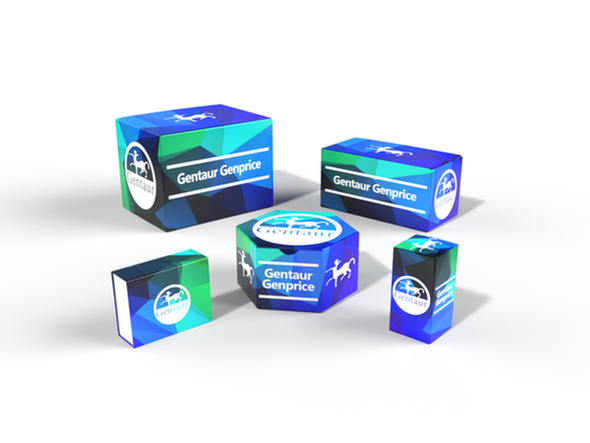Description
NDUFS8 Antibody | 56-500 | Gentaur UK, US & Europe Distribution
Host: Rabbit
Reactivity: Human
Homology: Predicted species reactivity based on immunogen sequence: Bovine, C. Elegans, Monkey, Mouse
Immunogen: This NDUFS8 antibody is generated from rabbits immunized with a KLH conjugated synthetic peptide between 81-108 amino acids from the Central region of human NDUFS8.
Research Area: Cancer, Obesity, Signal Transduction
Tested Application: WB, IHC-P
Application: For WB starting dilution is: 1:1000
For IHC-P starting dilution is: 1:10~50
Specificiy: N/A
Positive Control 1: N/A
Positive Control 2: N/A
Positive Control 3: N/A
Positive Control 4: N/A
Positive Control 5: N/A
Positive Control 6: N/A
Molecular Weight: 24 kDa
Validation: N/A
Isoform: N/A
Purification: This antibody is purified through a protein A column, followed by peptide affinity purification.
Clonality: Polyclonal
Clone: N/A
Isotype: Rabbit Ig
Conjugate: Unconjugated
Physical State: Liquid
Buffer: Supplied in PBS with 0.09% (W/V) sodium azide.
Concentration: batch dependent
Storage Condition: Store at 4˚C for three months and -20˚C, stable for up to one year. As with all antibodies care should be taken to avoid repeated freeze thaw cycles. Antibodies should not be exposed to prolonged high temperatures.
Alternate Name: NADH dehydrogenase [ubiquinone] iron-sulfur protein 8, mitochondrial, Complex I-23kD, CI-23kD, NADH-ubiquinone oxidoreductase 23 kDa subunit, TYKY subunit, NDUFS8
User Note: Optimal dilutions for each application to be determined by the researcher.
BACKGROUND: This gene encodes a subunit of mitochondrial NADH:ubiquinone oxidoreductase, or Complex I, a multimeric enzyme of the respiratory chain responsible for NADH oxidation, ubiquinone reduction, and the ejection of protons from mitochondria. The encoded protein is involved in the binding of two of the six to eight iron-sulfur clusters of Complex I and, as such, is required in the electron transfer process. Mutations in this gene have been associated with Leigh syndrome.









![NDUFS8 Antibody (Center) [APR10895G] NDUFS8 Antibody (Center) [APR10895G]](https://cdn11.bigcommerce.com/s-1rdwiq712m/images/stencil/590x590/products/55371/55675/gentaur-genprice__26005.1661610467__29809.1661628092__75433.1661676199__77988.1661684280__64362.1661692443__29971.1661836187.png?c=1)
